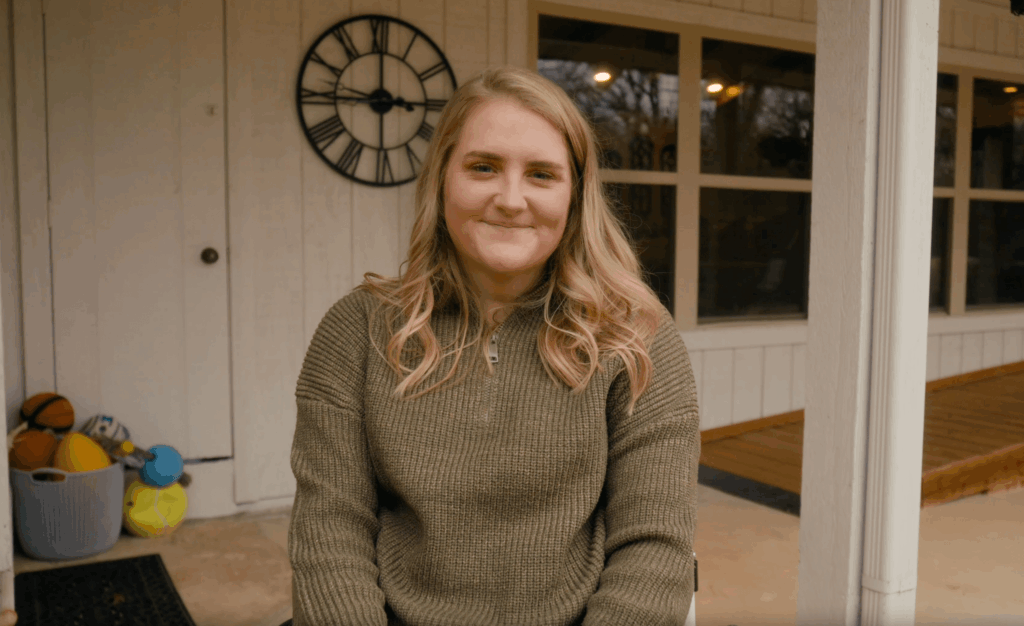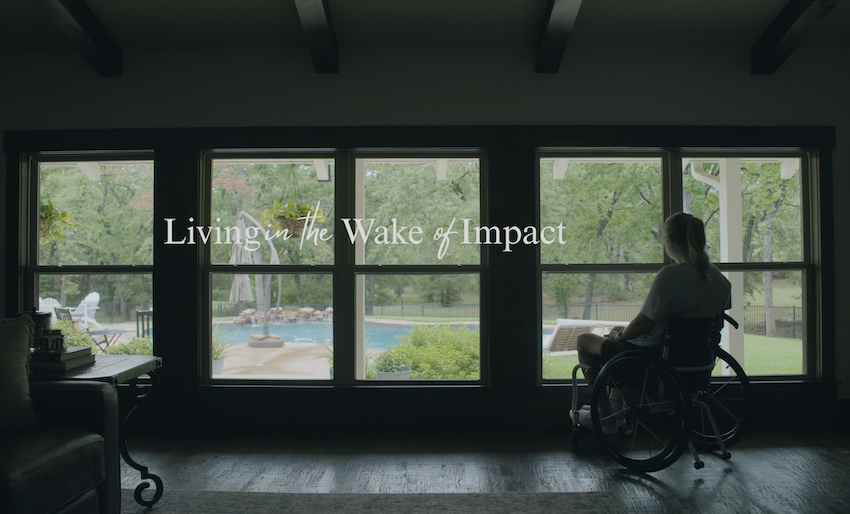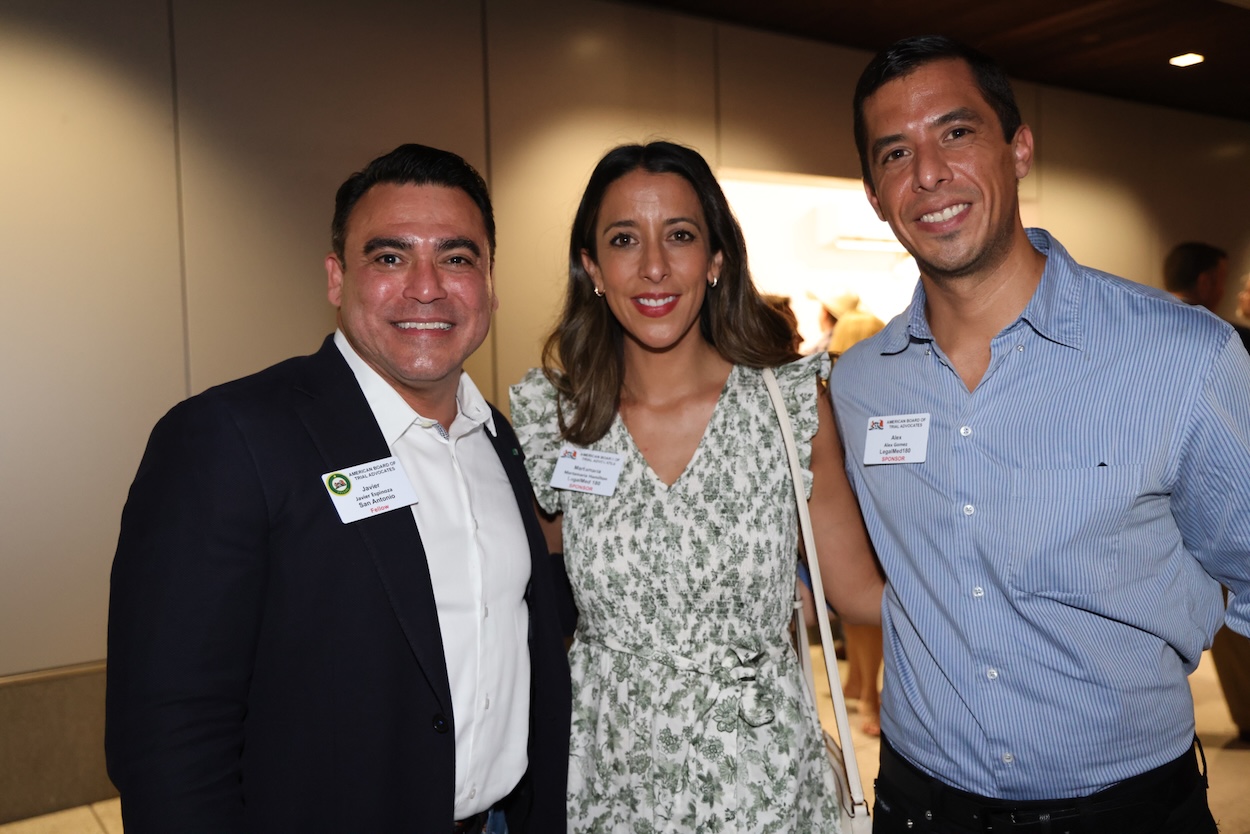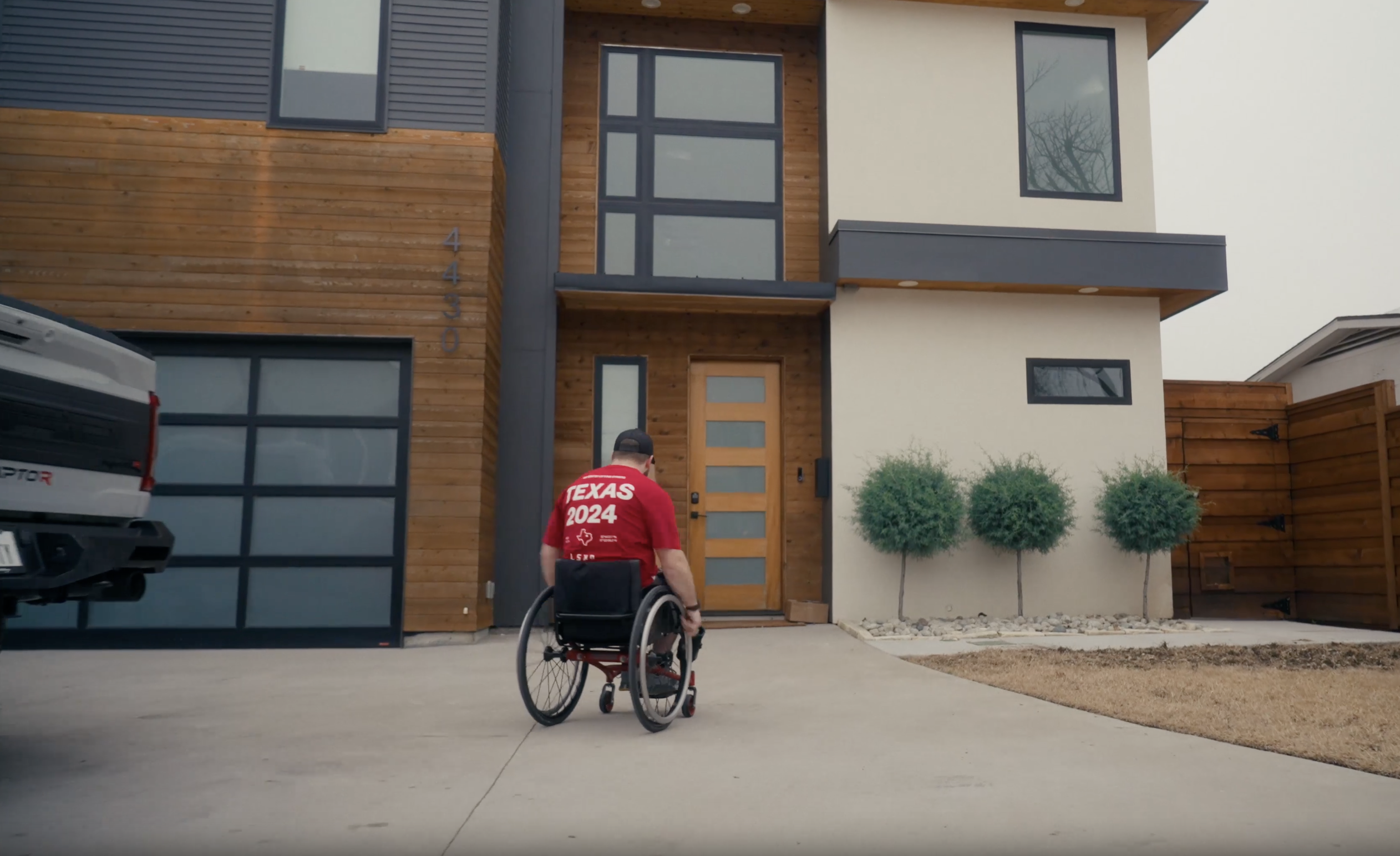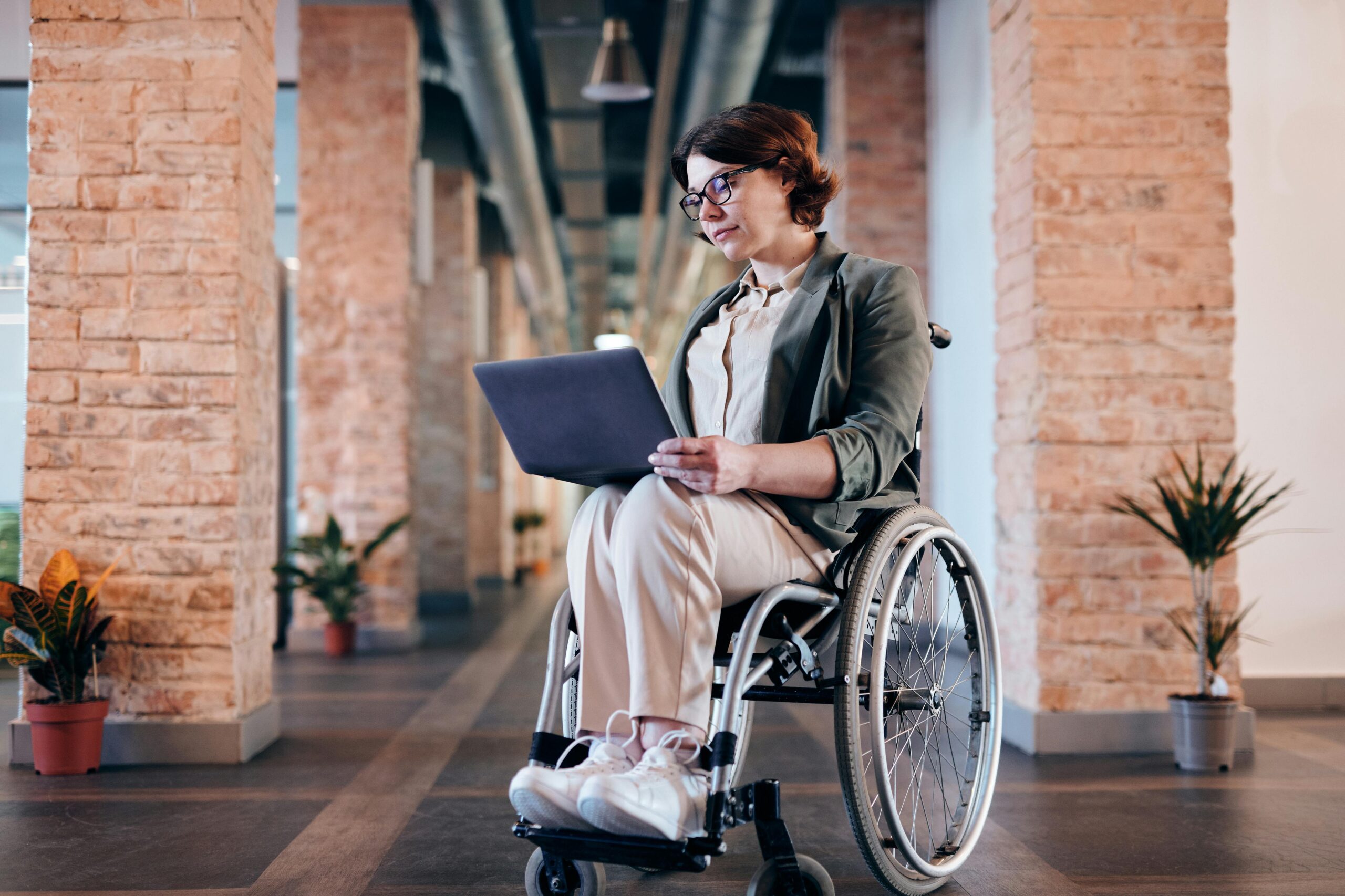At just 23 years old, Sarah Milburn’s life was altered in an instant. What should have been a routine Uber ride turned into a tragedy when a defective seatbelt design left her paralyzed after a rollover crash. But through courage, expert testimony, and unwavering advocacy, Sarah and her legal team secured a $38 million jury verdict, a resounding stand for safety and accountability.
Her case isn’t just a legal victory. It’s a call for change and a powerful reminder of why medical and technical experts are essential in the pursuit of justice.
The Accident That Should Never Have Happened
Sarah was riding in the third-row middle seat of a Honda Odyssey. She reached for the ceiling-mounted shoulder belt, clicked it into the buckle at her hip, and assumed she was safely secured.
But Honda’s seatbelt design included a detachable lap restraint, a component that must be manually connected to a secondary buckle. That connection wasn’t obvious, and in Sarah’s case, it wasn’t made. The result: only her upper body was restrained. When the vehicle rolled, the shoulder strap “clotheslined” her, causing catastrophic spinal injuries and leaving her quadriplegic.
The Legal Fight: Challenging a Dangerous Industry Standard
Sarah’s attorneys argued that Honda’s seatbelt design was inherently dangerous, and that federal safety standards allowing such a design were inadequate to protect the public. Her legal team presented extensive evidence, expert engineering analysis, human-factors testimony, and usability research to demonstrate that:
- The seatbelt design was confusing, especially to rear-seat passengers.
- It was foreseeable that passengers would fail to engage the lap belt.
- A safer, feasible alternative design, a seat-integrated belt system, was available and would have prevented Sarah’s injury.
Despite the design’s compliance with federal safety regulations, the jury agreed: federal minimums weren’t enough in this case. The system may have passed inspection, but it failed Sarah.
How Medical Experts Helped Clarify the Truth
Expert insight was essential in showing that the seatbelt system failed not only technically but also from a human-centered design perspective. Experts testified that:
- In a crash, a missing lap belt can turn the shoulder strap into a lethal force.
- The system design created a foreseeable risk of misuse.
- Honda could have adopted a safer solution at a minimal added cost.
These facts painted a clearer picture for the jury and helped them see that what’s “federally compliant” isn’t always safe.
Beyond the Courtroom: What This Case Means for the Public
Sarah’s case exposes a painful reality: compliance isn’t the same as protection. The minimum safety standards often fail to account for real-world usage, especially in designs that rely on perfect user behavior.
While Sarah cannot undo what happened, her courage has created ripple effects in the automotive and legal industries alike. Her case raises new questions about:
- Manufacturer accountability
- The role of federal regulations
- The importance of accessible expert testimony
LegalMed180: Amplifying Expert Voices in the Pursuit of Justice
Sarah’s case is a powerful example of why expert medical and technical testimony must be at the heart of personal injury litigation. At LegalMed180, we help legal teams and individuals gain access to the right experts fast, ensuring that every story like Sarah’s gets the full attention, accuracy, and clarity it deserves.
We believe that behind every serious injury is a human being who deserves care, compassion, and an uncompromising legal strategy.
Standing Up for Sarah And for Others Like Her
Sarah Milburn’s victory isn’t just a dollar amount. It’s a verdict that speaks for every passenger, every family, and every individual whose safety should never come second to cost or convenience.
Her story reminds us: When legal, medical, and human truths align, justice can prevail.
